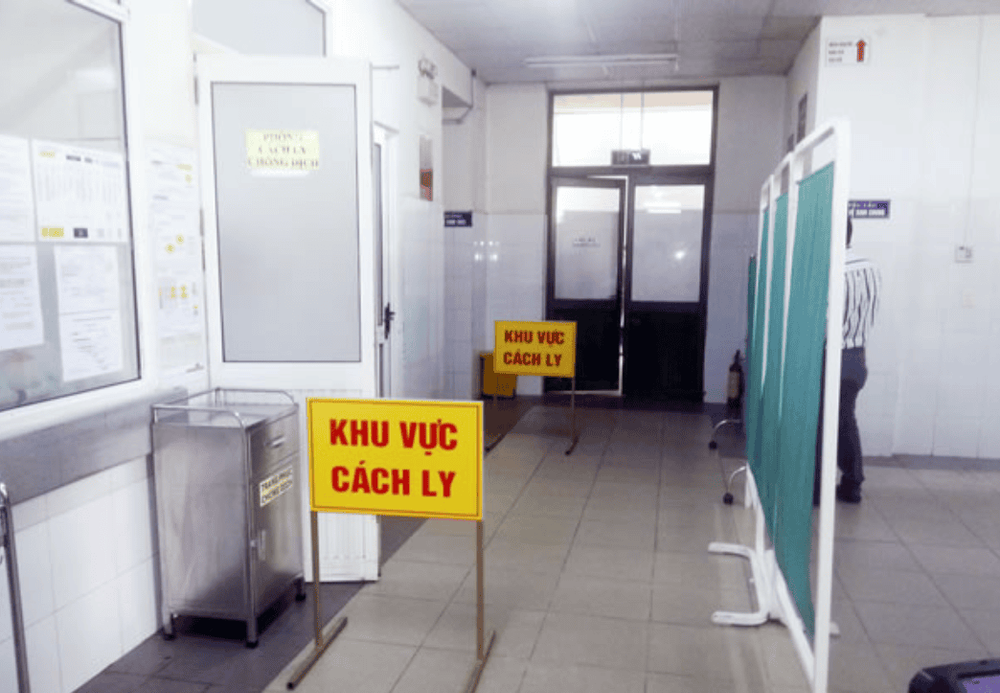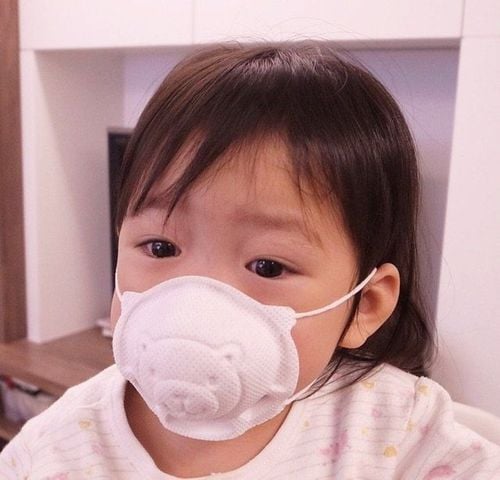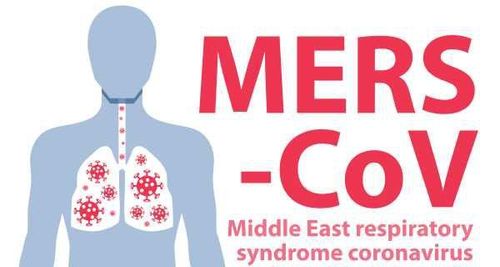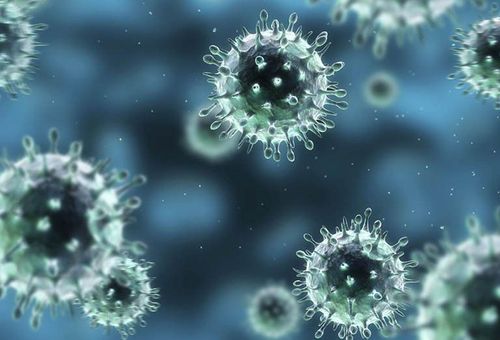This is an automatically translated article.
SARS epidemic - Severe acute respiratory syndrome caused by the SARS virus, which is a strain of coronavirus. The SARS epidemic almost broke out all over the world and became a pandemic.1. Overview of the SARS . epidemic
The global outbreak of severe acute respiratory syndrome (SARS) is epidemiologically related to an outbreak believed to have begun in November 2002 in Guangdong Province, China. SARS then spread to other countries and regions, such as the Hong Kong Special Administrative Region of China, Vietnam, Singapore, Canada, and Taiwan. At the end of the outbreak, the epidemic appeared in 26 countries with 8,098 people infected and 774 deaths.
The first SARS patient in Vietnam was hospitalized on February 26, 2003 and the last patient was admitted on April 8, 2003. After discovering the first case, experts did very hard work, along with WHO cooperation to develop epidemic prevention activities. A lot of investigation has been carried out carefully and thoroughly since the first case was discovered. All cases involving the patient are examined, including their families, contacts, and medical staff. The reports were compiled for submission to the Government, and a Working Group was established, headed by Professor Nguyen Van Thuong, Deputy Minister of Health. The task force, which conducts regular meetings with experts and professors from relevant agencies, has made many recommendations. Recommendations are made hourly, daily to deal with the constantly changing epidemic situation. In the beginning, from 1 to 15 March 2003 the situation became more complicated. Many WHO experts from Japan were invited to help Vietnam find a solution to this problem. At the same time, experts conducted tests at different laboratories: Tokyo, CDC and NIHE to identify the causative agent.

Hình ảnh công tác phòng dịch SARS ở Việt Nam năm 2003
Also during this time, there is ongoing coordination between the Ministry of Health, WHO and relevant agencies such as Ministry of Foreign Affairs, Ministry of Transport, Ministry of Defense and Custom Organizations to increase understanding to the community about the disease as well as how to prevent the disease in order to control the disease and limit its transmission.
All 62 patients with SARS were hospitalized in Hanoi. Among 62 patients, 61 cases (98.4%) were seropositive for SARS-CoV.
The average age of patients infected with SARS is 40.8 years old, of which 39 cases are female, accounting for 62.9%.
2. Symptoms of SARS
The most prominent symptom on admission is discomfort and pain c . Less than a quarter of patients had lower respiratory tract symptoms on admission, including dry cough (22.6%), chest pain (24.2%) and dyspnoea (19.4%). The proportion of patients who reported a dry cough at any time during their illness increased to 90.3%. Other lower respiratory tract symptoms also became more apparent after the patient was hospitalized. The reported upper respiratory tract symptoms are not obvious. 79% of infected patients showed signs of fever, with 66.1% of patients having a fever > 38°C, although, theoretically, all patients had a fever for the duration of their illness. On admission, 47 patients (75.8%) had abnormal chest X-ray results. Radiographs of the remaining 15 patients showed abnormalities 2 to 7 days after admission. On admission, radiographic changes were predominantly interstitial, bilateral or unilateral, affecting less than two-thirds of the lungs. The maximal radiographic changes during illness were mainly bilateral interstitial infiltrates or bilateral opacities affecting more than two-thirds of the lungs. The degree of change on chest radiographs does not always correlate with disease severity. Twenty-seven patients underwent biochemical blood tests. For these patients, 34.5% had elevated alanine aminotransferase levels and 42.9% had abnormally high aspartate aminotransferase levels. Hyponatremia was observed in 29.6% of patients on admission and in 14.8% of patients with hypokalemia.

SARS gây ra triệu chứng đau ngực cho người bệnh
After a while, with the best efforts of the Government, the establishment of the Steering Committee for Disease Prevention and Control, headed by the Minister of Health, with the close coordination of the authorities, According to the World Health Organization, the SARS pandemic in Vietnam was brought under control from March 20 to April 28, 2003 - The World Health Organization (WHO) officially removed Vietnam from the pandemic. list of countries with Severe Acute Respiratory Syndrome (SARS).
This comes after careful monitoring of the current situation, in which no new cases of SARS have been reported since April 8, and no cases of spread to other countries. Vietnam has prevented an outbreak of the disease caused by the SARS virus.
Vietnam became the first country recognized by WHO as the country that controlled the SARS pandemic. Vietnam reported a total of 63 cases of SARS and 5 deaths before April 8, 2003.

Việt Nam trở thành quốc gia đầu tiên khống chế được dịch SARS
More than a decade has passed, the horrors caused by SARS have not yet subsided.
Up to now, the whole world is struggling to fight a new epidemic - acute pneumonia caused by Covid-19 virus. Both covid-19 and the SARS virus belong to the same strain of coronavirus. The consequences caused by these two viruses are very heavy and serious with a rapid transmission rate.
Source: Ncbi.nlm.nih.gov; who.int
MORE:
SARS: What to know is 2019-nCoV the same as the virus that causes MERS and SARS? Guidelines for diagnosis and treatment of acute pneumonia caused by new corona virus of the Ministry of Health




![[Q&A about the 2019 Corona virus epidemic] Part 2: How to protect yourself against the epidemic?](/static/uploads/small_20200202_011638_030639_BYT_phong_corona_max_1800x1800_png_ee887107f4.png)








